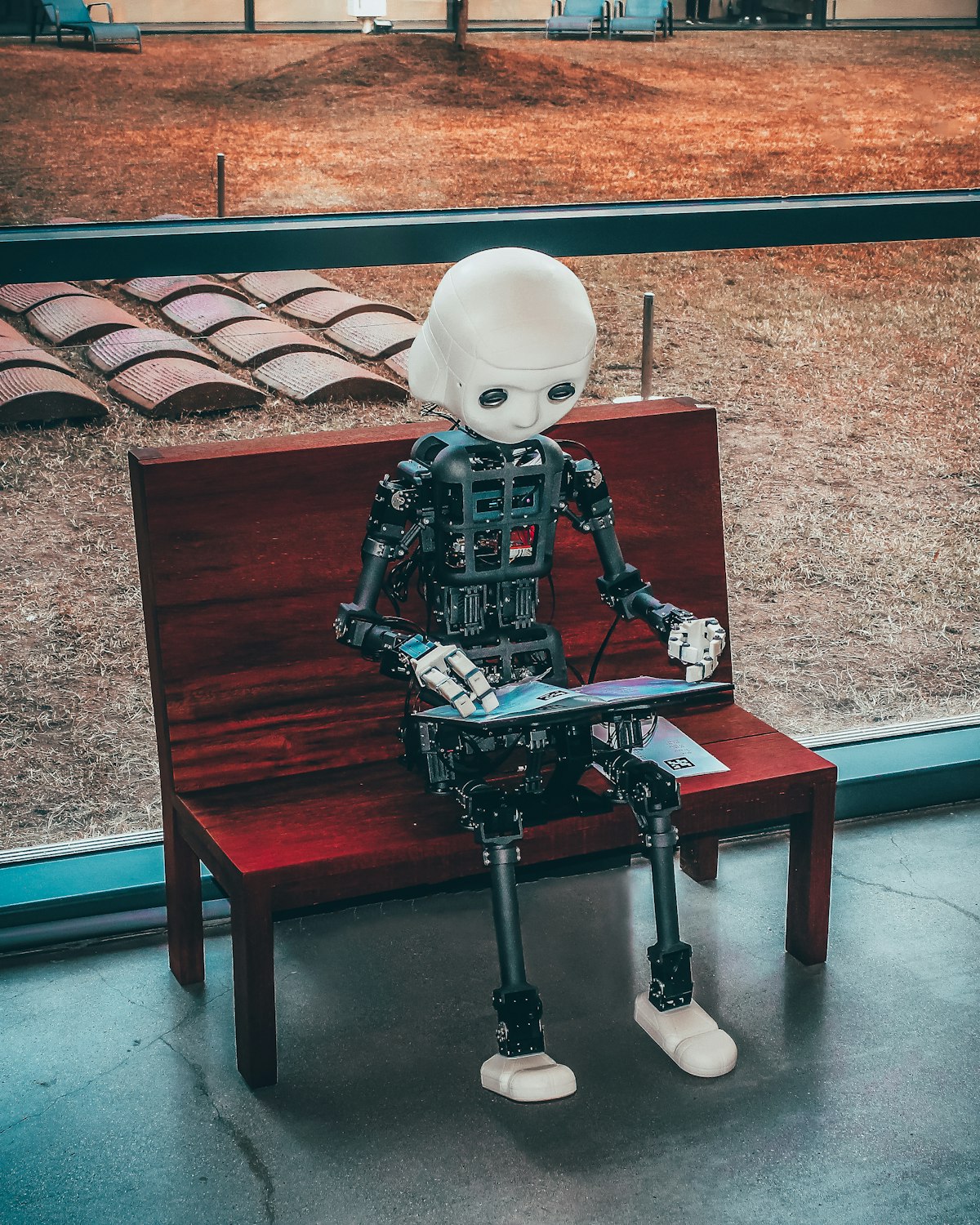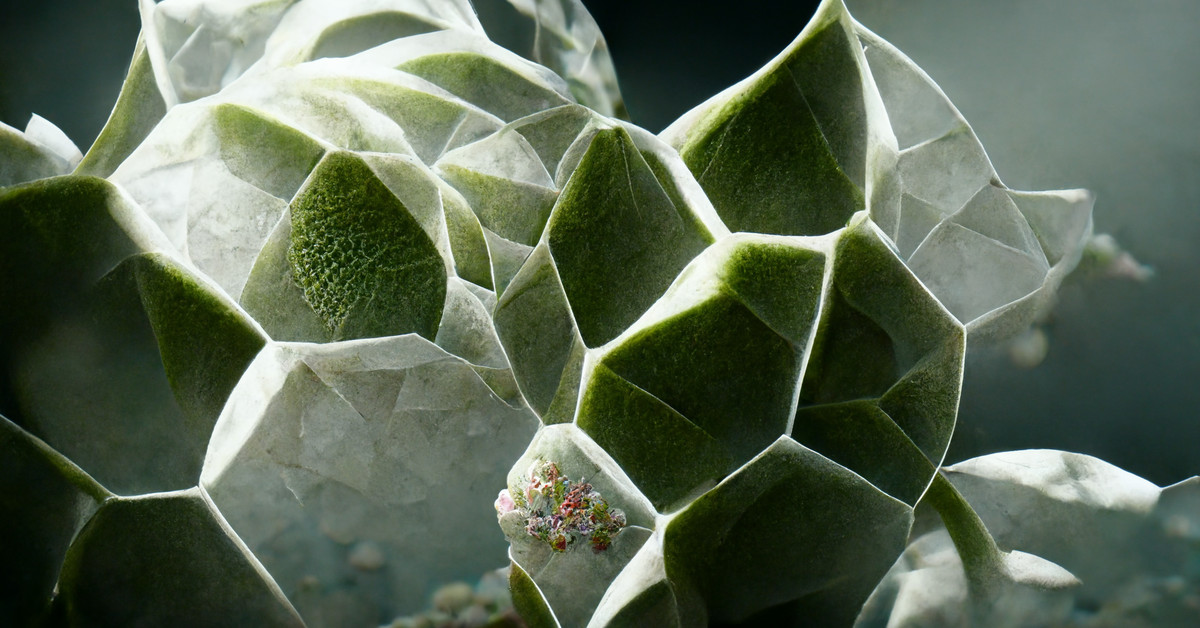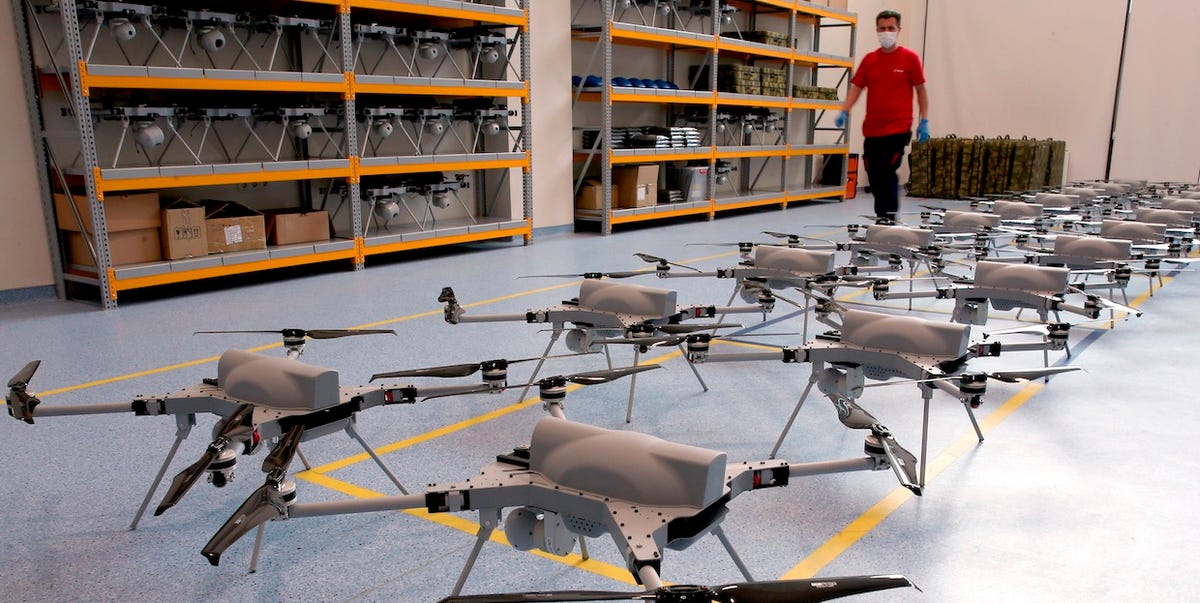Does an AI have the right to produce art?

Two weeks ago, a composition won the first prize at the Colorado State Fair. This composition wasn't produced by an artist but by someone using Midjourney (a now notorious AI that generates images from text prompts). Scandal ensued.
TL;DR — Someone entered an art competition with an AI-generated piece and won the first prize.
— Genel Jumalon ✈️ Nan Desu Kan (@GenelJumalon) August 30, 2022
Yeah that's pretty fucking shitty. pic.twitter.com/vjn1IdJcsL
This is interesting as this asks another question about artificial intelligence rights. Does an AI have the right to be an artist? Will they eventually own (some) rights to their productions? Or do we just consider that it's not art if not produced by a human? Or also, should the human operator of the AI considered the artist, even though his contribution was just to input parameters and tweak a few things?
For now, at least, smart users of Midjourney or DALL-E (another popular AI generating images and art) are starting to monetize their skills at finding the right prompts to nudge these systems.

Just like with the questions asked to AI systems in case of a fatal accident occurs with a self-driving vehicle (car companies are starting to agree on taking full responsibility), we are entering a new world. In this world, artificial systems' rights and legal responsibilities need to be questioned and formulated clearly.
Asimov's three laws of robotics should cover the basics:
- A robot may not injure a human being or, through inaction, allow a human being to come to harm.
- A robot must obey the orders given to it by human beings except where such orders would conflict with the First Law.
- A robot must protect its own existence as long as such protection does not conflict with the First or Second Law.
Then again, the military doesn't seem to read enough science fiction for its own good...







